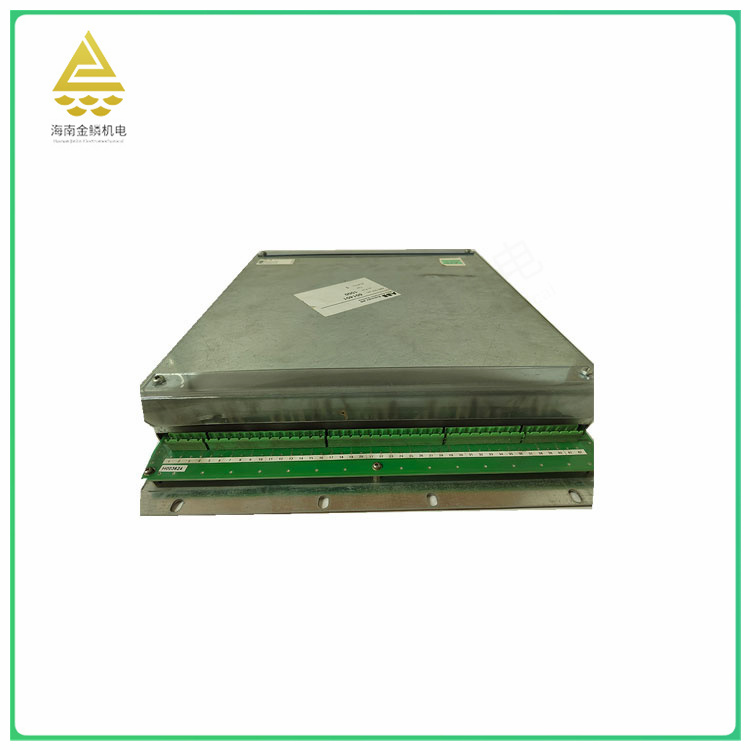ABB's 216GD61a HESG324436R3-A HESG324428 is an analog input electronic module. Analog input modules play an important role in industrial automation systems, they are often used to connect various sensors and measuring devices, such as temperature sensors, pressure sensors, flow sensors, etc. These sensors convert analog signals (such as temperature, pressure, flow, etc.) into digital signals, which are then passed on to the control system for further processing and control.
Specifically, this analog input module can be applied in the following areas:
Industrial automation: In industrial environments such as production lines and assembly lines, it is used to monitor and control various process parameters, such as temperature, pressure, flow, etc., to ensure the stability of the production process and product quality.
Process control: In the chemical, petroleum, energy and other industries, this module is used to monitor and control process parameters such as reaction temperature, pressure, liquid level, etc., to ensure the safety and efficiency of the production process.
Data acquisition and analysis: Used to collect data from a variety of sensors and measuring devices, then perform data analysis and reporting to support decision making and optimize production processes.
Environmental monitoring: In the environmental monitoring system, this module can be used to monitor environmental parameters such as air pollution and water quality to assess environmental quality and take necessary measures.
In summary, ABB's 216GD61a HESG324436R3-A HESG324428 analog input electronic module is a powerful and widely used industrial automation component that provides reliable measurement and control solutions for a variety of industrial sectors.

216GD61a HESG324436R3-A HESG324428 Analog input electronic module is used to process analog signals of the electronic module, it has some advantages and disadvantages, as follows:
Wide applicability: 216GD61a HESG324436R3-A HESG324428 Analog input module can process various types of analog signals, such as voltage, current, temperature, etc., with high versatility.
Real-time: It can collect and process analog signals in real time, providing real-time monitoring and control of physical quantities.
Accuracy and resolution: Depending on the quality and design of the module, higher accuracy and resolution can be provided to meet the requirements of high measurement accuracy applications.
Signal conditioning: Some modules may contain signal conditioning functions such as filtering, amplification, calibration, etc., to help improve the quality and reliability of the signal.
Integration with existing systems: Analog input modules can often be easily integrated with other electronic devices and systems to achieve more complex functions. Cons:
Susceptible to interference: 216GD61a HESG324436R3-A HESG324428 Analog signals are susceptible to noise, interference, and drift, and may require anti-jamming measures to ensure accuracy.
Limited range and resolution: The range and resolution of a module are usually fixed and may not be able to accommodate all measurement needs.

Calibration required: In order to ensure accuracy, analog input modules may need to be calibrated periodically, which increases the workload of maintenance.
Digital conversion: When digital signal processing or interaction with digital systems is required, additional analog-to-digital conversion is required.
Cost and complexity: 216GD61a HESG324436R3-A HESG324428 High-precision, versatile analog input modules can be relatively expensive and more complex to design and use.
These advantages and disadvantages are not absolute, and the actual situation will be affected by the characteristics of the specific module, application scenarios, and requirements.










